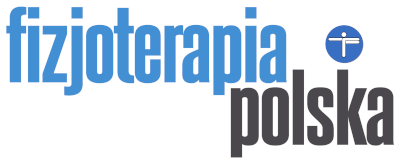Evaluation of the rehabilitation of geriatric patients using the WaDiT system
Mirosław Janiszewski, Anna Kluszczyńska
Mirosław Janiszewski, Anna Kluszczyńska – Evaluation of the rehabilitation of geriatric patients using the WaDiT system. Fizjoterapia Polska 2001; 1(2); 127-130
Abstract
Background. This article evaluates the rehabilitation of geriatric patients using a program of kinesitherapy in conjunction with the application of high-tone wave therapy according to the WaDiT system, using exclusively variable electromagnetic fields (medium frequency current in the tone range from ca. 4,000 Hz to ca. 12,000 Hz). Material and methods. The study involved 62 patients, aged 60-85, in the second and third degree of disability on the geriatric scale according to the WHO definition. All patients had a 16-week program of kinesitherapy. 31 patients also received WaDiT therapy for a 10-week period. Results. The study confirmed improvements in physical fitness, coordination of movement and balance, and subjective health status among the patients in both groups. The patients in the group to whom WaDiT therapy was achieved significantly better results. Conclusion. The rehabilitation program here described can help in delaying the onset of involutionary processes, allowing the patient to preserve functional independence, cognitive functions, and social activity on an optimal, individual level.
Key words:
Geriatrics, WaDiT system, kinesitherapy
| Invalid download ID. | Pobierz bezpłatnie artykuł w j. angielskim |

